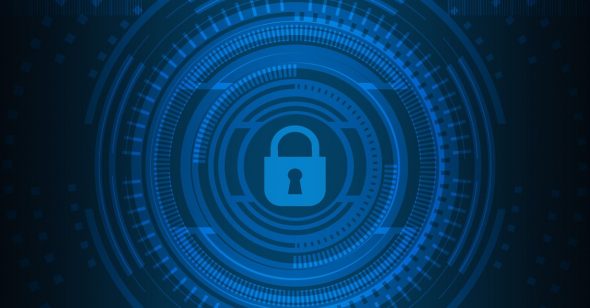The EU’s General Data Protection Regulation (GDPR) means that organizations must look at new ways to keep data secure as it moves.
GDPR will take effect on May 25, a response to data breaches and demands for greater oversight relating to security of personal identifiable information (PII). As shown by the recent Equifax and Cambridge Analytica debacles, the risks to PII are real as digital transformation makes all interaction data usable and the Internet of Things (IoT) causes an explosion of new data sources.
How One AI-Driven Media Platform Cut EBS Costs for AWS ASGs by 48%

This complexity bears itself out with the Gartner prediction that by the end of 2018, more than one-half of organizations affected by GDPR won’t be in compliance. Given the high stakes of noncompliance, organizations must have technology and processes in place to protect PII.
The pressures of real-time data, data sharing, and data drift mean that sole reliance on “scan at rest” across every data store is risky. Discovering PII and mitigating compliance exposure must start at the point of data ingestion. A multilayered strategy that includes both incoming pathways and the data stores is optimal.

Read more: Dark Reading






